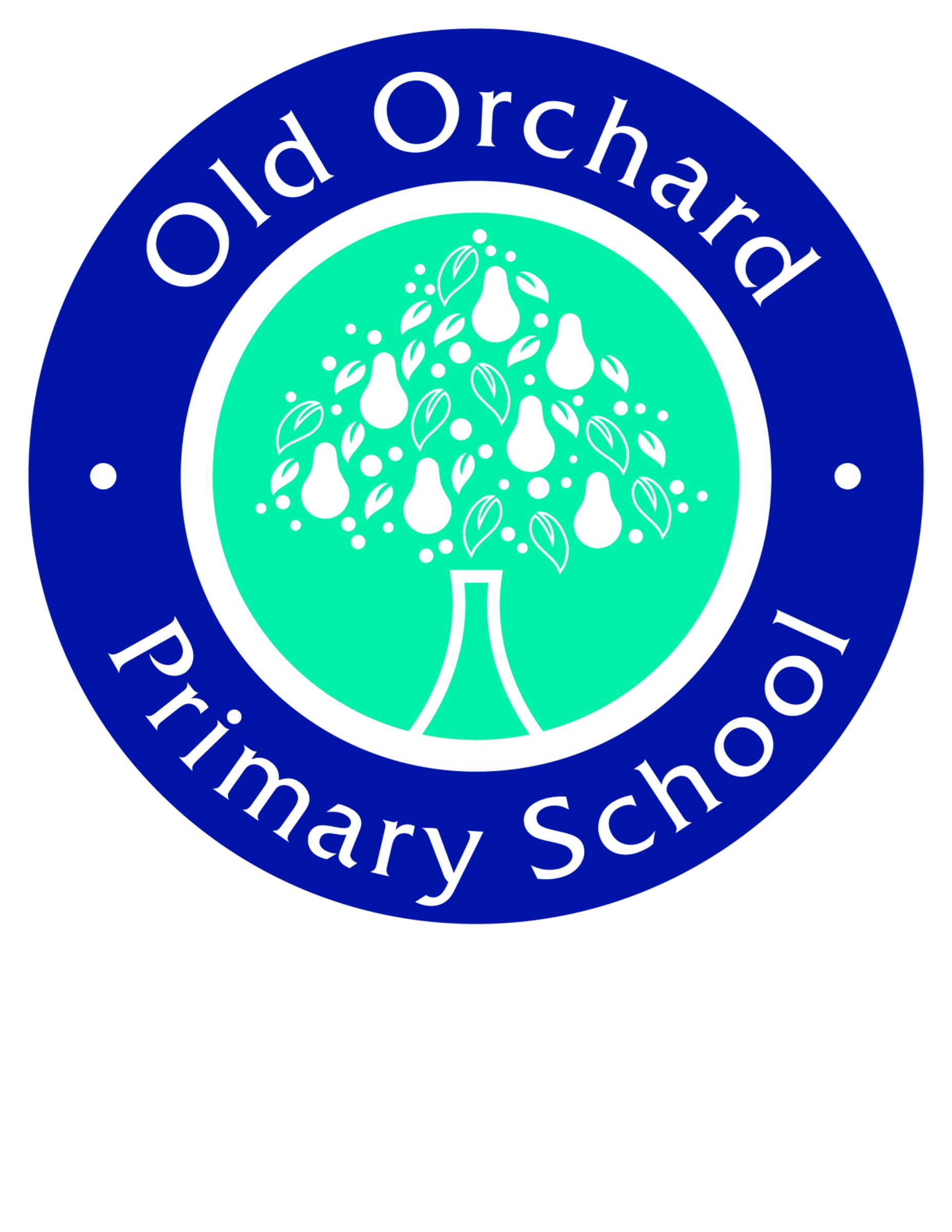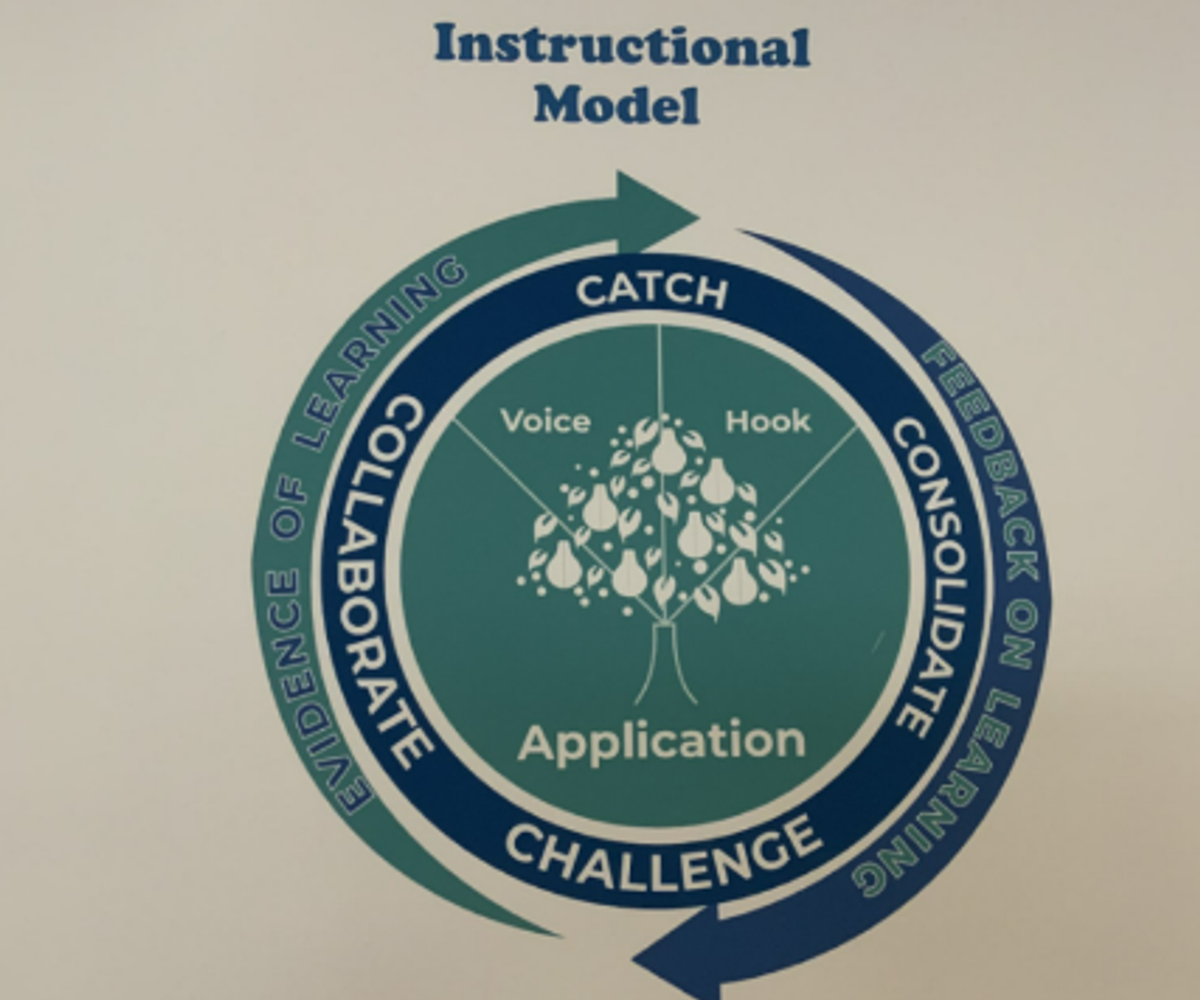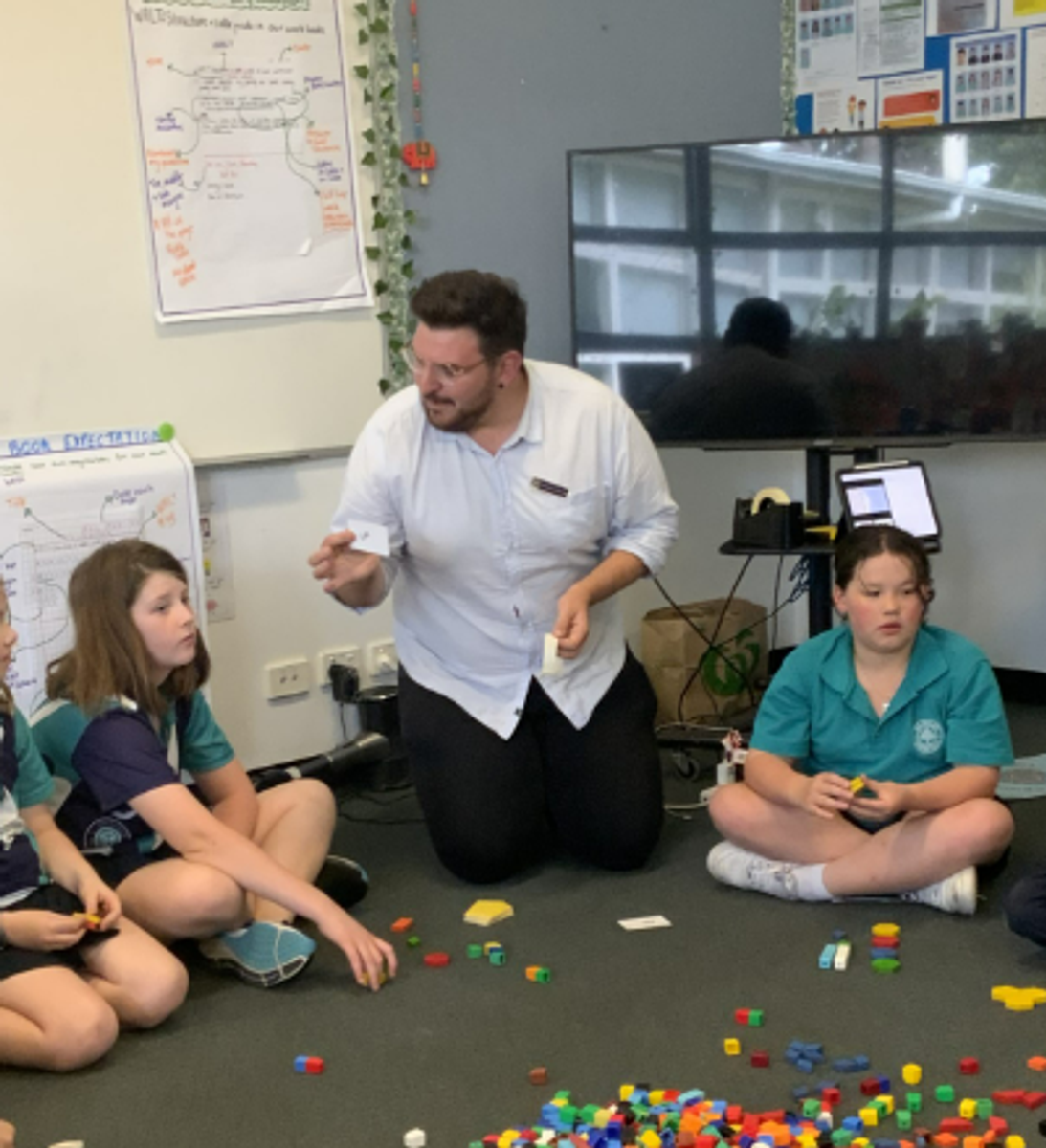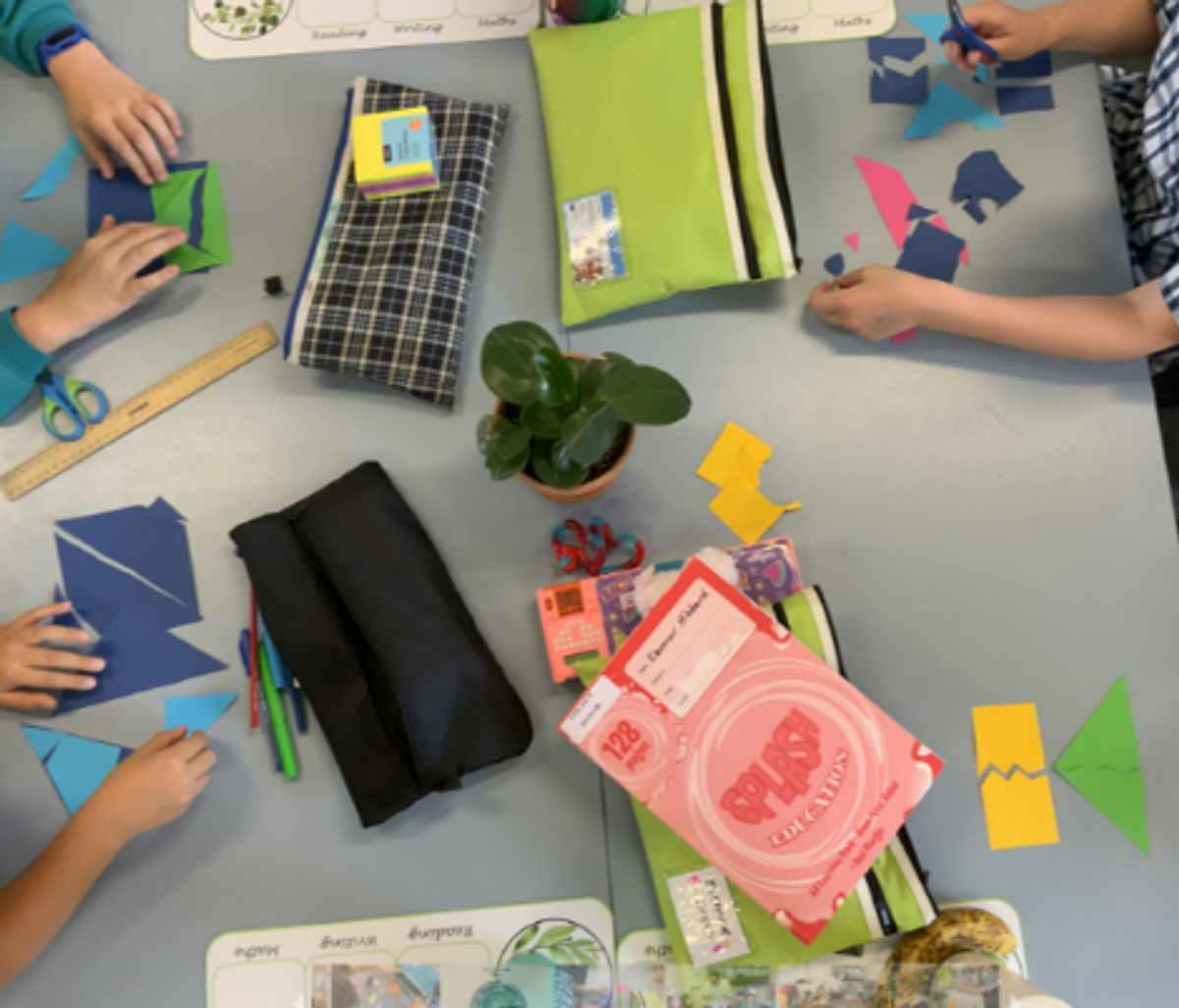Meet The Teacher

Meet the teacher!
A highlight of my week is being able to get into classroom and see the amazing maths work that is happening around our school. This year I would like to share the exceptional work of our teachers, our instructional model and most importantly the learning that is taking place for our students. Each week I will share the learning that is taking place in different classrooms around our school.
During week 1 I was lucky enough to be invited into 5AK to witness the amazing work of Armann Kumruyan and his students. The lesson Armann was teaching was a part of our Learning Launch program happening around the school. These lessons are designed to ensure students are collaborating with their peers and talking to each other about how and why they are approaching problems in a particular way. The lessons should challenge all students to think about their learning in multiple ways and catch their imagination. This should allow them to consolidate their understanding before we move on to another challenge. These are the key elements of our Maths Instructional Model.
Armann’s lesson was centred around the WALT (We are Learning to…) identify half as one of two equal parts. Armann initially let his students explore what this concept meant to them using hands on materials. Students were able to use unifix cubes to demonstrate their own prior understanding. After sharing what they had done initially, students were encouraged to think about what they had heard from their peers and find another way to represent their thinking. Multiple representations are widely used to build meaning behind math and develop a deeper understanding of properties or ideas connected to the same fact or operation.
Armann used magic cards with students’ names on to ensure that there was an equal spread of voices in the room, and everyone had an opportunity to share their understanding and questions.
Students then transitioned into the Application part of the lesson. This is where students are asked to apply their knowledge, learn to struggle with a problem and collaborate with their peers to further strengthen their understanding. Students are more likely to make sense of and remember what they have learned if they work on tasks that are appropriately challenging at their point of need.
It was great to see Armann’s students trying new things, having a go without fear of making a mistake and pushing their existing understanding of what a half is in its various forms.
Finally, the lesson is rounded of in the Voice section where students are given the opportunity to reflect on how and what they have learned during the lesson and where they think they can go next. Students stood in a circle to share their own thinking and understanding as well as being exposed to the thinking of others. As a teacher this is valuable information to decide the direction of the next lesson.
I thank Armann and the students of 5AK for allowing me into their classroom this week.
Next week, look out for 1JM.
Craig Gooding, Learning Specialist



